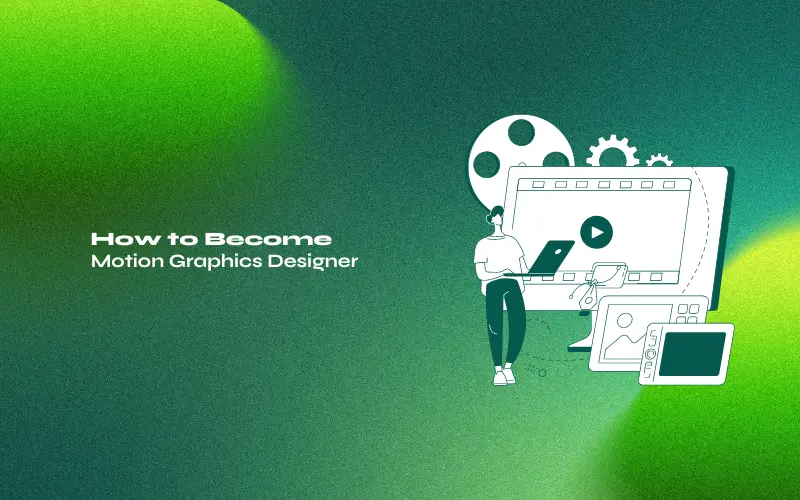
How to Become a Motion Graphics Designer – Complete Career Roadmap
Jul 15, 2025 7 Min Read 11559 Views
(Last Updated)
Imagine if pictures could come to life, telling stories and conveying messages with movement. That’s the magic of motion graphics! They’re like moving pictures that tell exciting tales and share information in a way that grabs your attention.
Motion graphics take still images and make them dance and move. They mix art, animation, and stories to create cool designs that don’t just look good but also tell a story.
Think of all the places you see videos or animations—on TV, in movies, on websites, and even in video games. Motion graphics are the cool special effects that make these things awesome.
With so much visual stuff happening online, there’s a significant need for people who can create these moving designs. That’s where you come in! If you learn how to make motion graphics, you’ll be a super essential and wanted person in the world of creativity and technology.
As we go on, we’ll learn all about motion graphics and how you can become really good at making them. We’ll explore the skills you need, the steps to follow, and the secrets to becoming a pro motion graphics designer. Ready? Let’s jump into this exciting world of moving pictures!
Table of contents
- Understanding Motion Graphics Design
- Where Motion Graphics Are Used
- Making Things Easy to Understand
- Adding Beauty to Visuals
- Essential Skills for a Motion Graphics Designer
- Technical Skills
- Creative Skills
- Education and Training
- Bachelor's Degree in Graphic Design, Animation, or Related Fields
- Online Courses, Tutorials, and Workshops
- The Power of Continuous Learning
- Why Staying Updated Matters
- Investing in Yourself
- Building a Portfolio
- The Power of a Strong Portfolio
- Crafting an Impressive Portfolio
- Your Portfolio, Your Brand
- Gaining Experience
- Internships with Creative Agencies or Studios
- Freelance Projects
- Personal Projects for Skill Growth
- The Learning Loop
- Networking and Building Relationships
- The Journey of a Thousand Frames
- Networking and Industry Involvement
- The Power of Networking
- Effective Networking Strategies
- Networking is Relationship-Building
- Job Opportunities and Career Growth
- Motion Graphics Designer/Animator
- Video Editor
- Visual Effects Artist
- Potential for Career Growth
- Specialization
- Art Director or Creative Lead
- Teaching and Training
- Entrepreneurship
- Embrace the Journey
- Tips for Success in Your Motion Graphics Career
- Stay Curious and Open to Learning
- Adapt to Evolving Technologies and Trends
- Collaborate with Other Creative Professionals
- Develop Your Problem-Solving Skills
- Seek Feedback and Constructive Criticism
- Build a Strong Online Presence
- Master Time Management
- Cultivate a Strong Work Ethic
- Embrace Feedback and Mistakes
- Stay Passionate
- Conclusion
- FAQs
- What software do motion graphics designers use?
- Do I need a formal degree to become a motion graphics designer?
- Can I specialize in a specific area of motion graphics?
Understanding Motion Graphics Design

Motion graphics design is like adding motion and animation to still pictures. It’s a way of making images move, creating videos, and telling stories using cool visual effects. Think of it as making pictures come alive!
Where Motion Graphics Are Used
You’ve probably seen motion graphics all around you! They’re used in lots of places:
- In videos and movies to make them exciting.
- In ads to catch your attention.
- On websites to make them look cool.
- In Video games to create awesome effects.
Making Things Easy to Understand
Imagine you need to explain something a bit complicated, like how a volcano works. Motion graphics can help! They turn tricky ideas into easy-to-understand animations. So, instead of reading a boring description, you see a volcano erupting and understand it much better.
Adding Beauty to Visuals
Motion graphics don’t just explain things; they make things look better too. They take simple designs and make them stunning by adding movement and cool effects. It’s like turning regular art into something super cool that catches your eye.
So, motion graphics design is like the superhero of art and technology, making pictures move, explaining stuff, and making things look awesome!
Before we proceed further, it’s essential to have a solid foundation in graphic design principles and animation basics. If you’re eager to dive deep into creating captivating motion visuals, consider joining Motion Graphics Career Program. In this program, you’ll learn the fundamentals of animation, visual effects, and storytelling techniques. Gain hands-on experience with industry-standard tools and techniques, and unlock your creativity to craft stunning motion graphics for videos, presentations, and more.
Essential Skills for a Motion Graphics Designer

Skills You Need for an Exciting Motion Graphics Career:
Technical Skills
Mastery of Motion Graphics Software: To create amazing animations, you’ll need to know how to use software like Adobe After Effects, Cinema 4D, or others. These tools are like your magic wand to bring images to life!
Animation Know-How: Imagine giving life to characters and objects so they move realistically. That’s animation! Learning how to make things move smoothly and interact naturally is a key skill.
Video Editing Mastery: Motion graphics often go hand in hand with video editing. Knowing how to cut, arrange, and enhance videos will make your work stand out.
Creative Skills
Tell a Visual Story: Motion graphics are all about telling stories visually. You’ll need to understand how to use images, text, and animations to create a story that captivates your audience.
Typography and Design Flair: Fonts and text play a big role in motion graphics. You’ll need to know how to choose fonts that match the mood and design of your animations.
Color Magic: Colors create emotions and set vibes. Understanding color theory will help you pick the right colors that fit your animations’ message.
Visual Communication: How do you make sure your design gets the message across? This skill is about understanding how people see and interpret visuals so you can make your animations crystal clear.
Education and Training
Choosing the Right Path to Become a Motion Graphics Designer:
Bachelor’s Degree in Graphic Design, Animation, or Related Fields
Pursuing a bachelor’s degree in Graphic Design, Animation, or a related field can provide you with a strong foundation in the principles of design and animation. These programs cover a wide range of skills, from graphic design basics to advanced animation techniques.
Online Courses, Tutorials, and Workshops

The digital world has opened up countless opportunities for learning. You can explore online platforms offering motion graphics courses, tutorials, and workshops specifically tailored for motion graphics design. These resources allow you to learn at your own pace and from the comfort of your home.
The Power of Continuous Learning
The world of motion graphics is constantly evolving. New software, techniques, and trends emerge regularly. To stay at the top of your game, it’s crucial to keep learning even after you’ve acquired the basics. Attend webinars, read industry blogs, and watch tutorials to keep up with the latest developments.
Why Staying Updated Matters
As technology advances, new tools and methods emerge that can enhance your work. By staying updated with the latest industry trends, you ensure that your designs remain fresh, engaging, and relevant. Being adaptable to change is a hallmark of successful motion graphics designers.
Investing in Yourself
Whether it’s enrolling in a formal degree program or taking short online courses, each step you take towards learning contributes to your growth as a motion graphics designer. Continuous education not only broadens your skill set but also opens doors to exciting opportunities.
Remember, education isn’t just about acquiring certificates—it’s about gaining the knowledge and skills that empower you to create extraordinary motion graphics that captivate audiences.
Building a Portfolio
Why Your Motion Graphics Portfolio Matters:
The Power of a Strong Portfolio
Your motion graphics portfolio is like a window to your creative world. It’s where potential clients and employers get a glimpse of your skills, style, and what you can bring to the table. A well-crafted portfolio can make you stand out in a sea of designers and open doors to exciting opportunities.
Crafting an Impressive Portfolio
1. Showcase Variety for Versatility
Include a diverse range of projects in your portfolio. This shows that you’re not limited to one style or type of animation. From playful animations to professional presentations, versatility highlights your adaptability.
2. Personal Projects Display Creativity
Personal projects are your playground for creativity. They demonstrate your passion and dedication to motion graphics beyond paid work. These projects reflect your unique style and ideas, setting you apart from others.
3. Tell the Story Behind Each Project
Don’t just display your work; explain the journey. Share the process, challenges, and solutions for each project. This gives insight into your thought process and problem-solving skills.
4. Quality Over Quantity
While variety is important, quality is paramount. It’s better to have a few exceptional pieces than a lot of mediocre ones. Focus on showcasing your best work that truly represents your skills.
5. Tailor to Your Audience
Customize your portfolio based on who you’re showcasing it to. If you’re applying for a job in a specific industry, highlight projects relevant to that field.
6. Keep it Updated
Regularly update your portfolio with new projects and remove older ones that no longer reflect your current skill level. This keeps your portfolio fresh and relevant.
Your Portfolio, Your Brand
Your motion graphics portfolio is your personal brand. It’s a dynamic representation of who you are as a designer. So, pour your creativity into every project you include, and let your portfolio tell your story—one animation at a time.
Gaining Experience
Stepping into the World of Motion Graphics:
Internships with Creative Agencies or Studios
Internships are like real-world training grounds. They let you work with professionals, learn from their experience, and contribute to actual projects. Creative agencies and animation studios often offer internships for aspiring motion graphics designers.
Freelance Projects
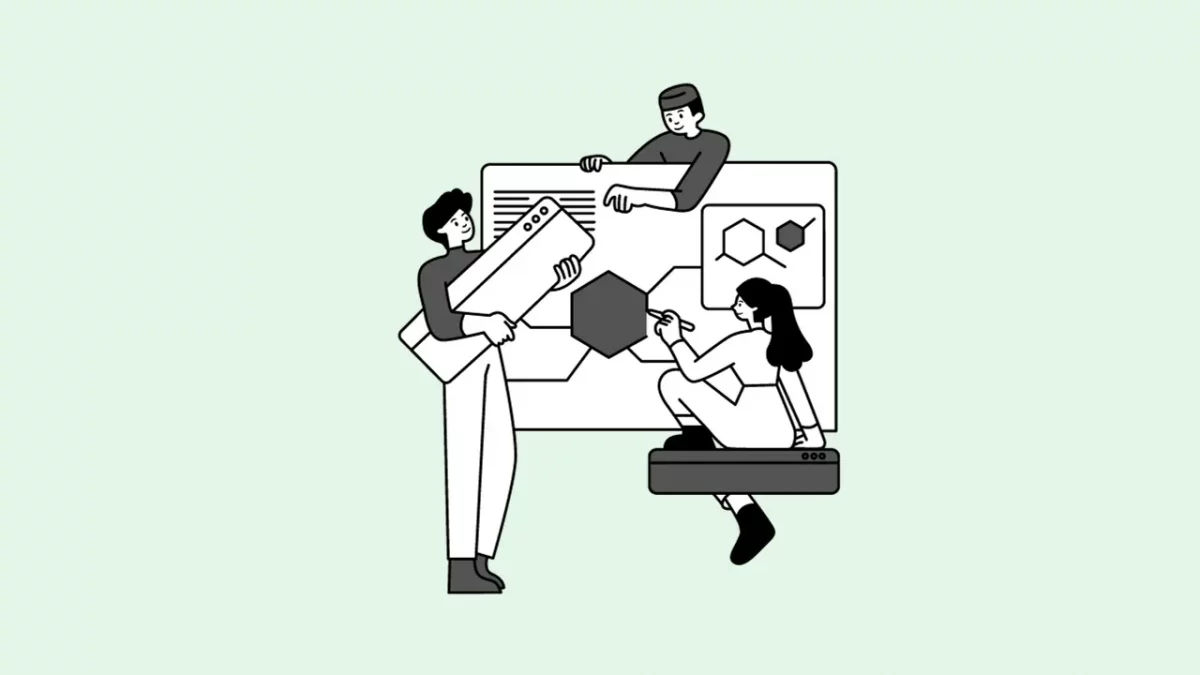
Freelancing lets you be your own boss! You can take on small projects from clients, create animations, and get paid for your work. This experience not only hones your design skills but also gives you a taste of managing your own projects.
Personal Projects for Skill Growth
Personal projects are your playground for creativity. You can experiment with new techniques, styles, and ideas without any restrictions. These projects show your potential clients or employers your ability to think outside the box.
The Learning Loop
Every project you work on—whether it’s an internship, freelance gig, or personal experiment—is a chance to learn and grow. You’ll encounter challenges, find solutions, and refine your skills. Each experience makes you a better motion graphics designer.
Networking and Building Relationships
While gaining experience, you’ll also be building connections. Colleagues, clients, and collaborators can become valuable contacts for future opportunities. Remember, the motion graphics world is full of talented people who can become mentors or partners on your journey.
The Journey of a Thousand Frames
Gaining experience in motion graphics is like creating a story—one frame at a time. Each project contributes to your growth, taking you one step closer to becoming a master of motion and animation. So, take on projects, learn, and enjoy the ride!
Networking and Industry Involvement
Connecting in the World of Motion Graphics:
The Power of Networking
Networking isn’t just about swapping business cards; it’s about building relationships that can shape your motion graphics career. In a creative industry like this, connections can open doors to new opportunities, collaborations, and even lifelong friendships.
Effective Networking Strategies
1. Attend Industry Events, Workshops, and Conferences
Motion graphics events bring together professionals, experts, and enthusiasts. Attending workshops and conferences allows you to learn from the best, get insights into industry trends, and meet people who share your passion.
2. Online Communities and Forums
The digital world has made networking easier than ever. Joining online communities and forums dedicated to motion graphics connects you with designers from around the world. You can share your work, ask for advice, and learn from others’ experiences.
3. Be Genuine and Approachable
Networking isn’t about collecting contacts; it’s about making real connections. Be genuine, listen, and engage in meaningful conversations. Building trust and rapport will make people remember you for the right reasons.
4. Collaborate and Share
Collaboration is a fantastic way to network. Partnering with other designers on projects can lead to exciting opportunities and fresh perspectives. Sharing your knowledge and insights also positions you as a valuable member of the community.
5. Leverage Social Media
Platforms like LinkedIn, Instagram, and Twitter are not just for sharing cute cat videos. They’re also powerful tools for connecting with professionals in the motion graphics field. Post your work, engage with others’ posts, and create an online presence that reflects your skills.
Networking is Relationship-Building
Networking isn’t about collecting the most business cards—it’s about building meaningful relationships. Whether you’re at an event or in an online forum, the connections you make can be the stepping stones to a thriving motion graphics career. So, go out there, connect, and create your own network of creative minds!
Job Opportunities and Career Growth

Exploring Career Avenues in Motion Graphics:
1. Motion Graphics Designer/Animator
As a motion graphics designer or animator, you’ll be the master of movement! Your job involves creating captivating animations for videos, films, advertisements, and more. You’ll give life to images, making them dance, spin, and tell stories.
2. Video Editor
Video editors play a vital role in bringing together various elements to create a cohesive video. In the realm of motion graphics, you’ll enhance videos with stunning visual effects, seamless transitions, and engaging animations.
3. Visual Effects Artist
Visual effects (VFX) artists are the wizards behind mind-blowing special effects. From creating explosions to making superheroes fly, your skills will contribute to making movie magic. Motion graphics skills are essential for adding that extra spark to visual effects.
Potential for Career Growth
1. Specialization
The field of motion graphics is wide and offers room for specialization. You can focus on character animation, 3D modeling, visual effects, or even UI/UX design. Specializing allows you to become a go-to expert in a specific niche.
2. Art Director or Creative Lead
With experience, you can step into roles where you guide the creative direction of projects. As an art director or creative lead, you’ll oversee the design and animation teams, ensuring the final product meets the creative vision.
3. Teaching and Training
Sharing your knowledge is a rewarding option. With your expertise, you can become an instructor, teaching others the art of motion graphics. Whether it’s through workshops, online courses, or educational institutions, teaching allows you to contribute to the growth of aspiring designers.
4. Entrepreneurship
If you’re the entrepreneurial type, you can start your own motion graphics studio. You’ll have the creative freedom to take on exciting projects and build your own brand. Entrepreneurship offers the chance to make your mark on the industry in your unique way.
Embrace the Journey
The world of motion graphics is vast, and the career paths are diverse. With dedication, passion, and continuous learning, you can evolve from a motion graphics enthusiast to a recognized professional, enjoying a fulfilling and dynamic career journey.
Tips for Success in Your Motion Graphics Career
1. Stay Curious and Open to Learning
Motion graphics is a field that’s always evolving. Keep your curiosity alive and never stop learning. New software, techniques, and ideas are waiting to be explored. Embrace challenges as opportunities to grow.
2. Adapt to Evolving Technologies and Trends
Technology moves at lightning speed. What’s trendy today might change tomorrow. Stay updated with the latest software, tools, and trends in motion graphics. Adapting to new technologies ensures your work remains fresh and relevant.
3. Collaborate with Other Creative Professionals
Motion graphics often intertwine with other creative fields like design, animation, and video production. Collaborating with professionals from diverse backgrounds can lead to innovative projects and broaden your perspective.
4. Develop Your Problem-Solving Skills
Motion graphics can present complex challenges. Developing strong problem-solving skills will help you tackle any obstacle that comes your way. Finding creative solutions will set you apart as a skilled motion graphics designer.
5. Seek Feedback and Constructive Criticism
Don’t hesitate to share your work with peers, mentors, or online communities. Constructive criticism helps you identify areas for improvement and grow faster. It’s not about being perfect; it’s about getting better.
6. Build a Strong Online Presence
In the digital age, your online presence is like your business card. Create a portfolio website, showcase your work on social media, and engage with other designers and professionals in the field.
7. Master Time Management
Deadlines are a constant in motion graphics. Mastering time management ensures you deliver high-quality work on time. Prioritize tasks, create schedules, and maintain a balance between efficiency and creativity.
8. Cultivate a Strong Work Ethic
Success in motion graphics comes from consistent effort. Be disciplined, meet deadlines, and put in the extra effort when needed. Your dedication will be reflected in the quality of your work.
9. Embrace Feedback and Mistakes
Mistakes are stepping stones to improvement. Don’t fear making errors; embrace them as valuable learning experiences. Constructive feedback and mistakes pave the way for growth.
10. Stay Passionate
Passion fuels creativity. When you’re genuinely excited about your work, it shines through in your animations. Stay passionate, and let your love for motion graphics be the driving force behind your success.
Remember, success in motion graphics isn’t just about technical skills—it’s about your mindset, adaptability, and willingness to grow. By incorporating these tips into your journey, you’ll not only become a skilled motion graphics designer but also enjoy a fulfilling and exciting career.
Enroll in Motion Graphics Career Program to get your career off to a great start. Here, you will work on amazing real-world projects while learning how to use Adobe Illustrator, Photoshop, After Effects, and Premiere Pro.
Conclusion
If you dream of creating moving pictures, don’t wait! Start by learning and practicing. Your journey begins with that very first step.
Being a motion graphics designer means making things come alive with your art. Your work could be in ads, movies, or even games. It’s an exciting world full of chances to be creative and show off your amazing skills!
So, whether you’re just starting or already love motion graphics, remember that every cool animation begins with a single move. Embrace your passion, dive into learning, and let your motion graphics adventure unfold! Welcome to the world where creativity and technology dance together—welcome to motion graphics!
FAQs
Motion graphics designers commonly use software like Adobe After Effects and Cinema 4D. Adobe After Effects is a powerful tool for creating animations, visual effects, and motion graphics. Cinema 4D is often used for 3D modeling and animation. These tools allow designers to bring their creative ideas to life by adding movement, effects, and animations to visuals.
While a formal degree in fields like Graphic Design, Animation, or a related subject can provide a strong foundation, it’s not the only way to enter the field. Many successful motion graphics designers have built their skills through online courses, tutorials, workshops, and practical experience. The key is to develop a strong portfolio that showcases your abilities and creativity.
Absolutely! Motion graphics is a diverse field with various specializations. You can focus on areas such as character animation, visual effects, 3D modeling, UI/UX design, or even specialize in creating motion graphics for specific industries like gaming or advertising. Specializing allows you to become an expert in a particular niche and stand out in the competitive landscape.









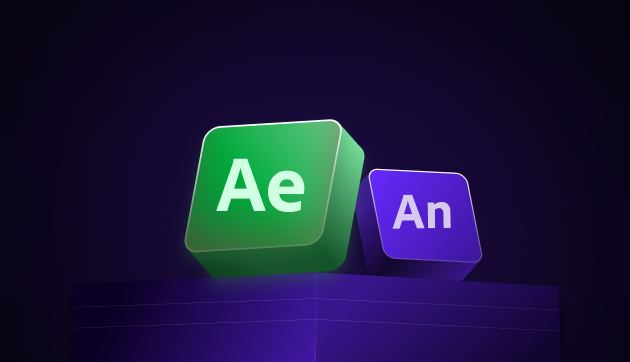
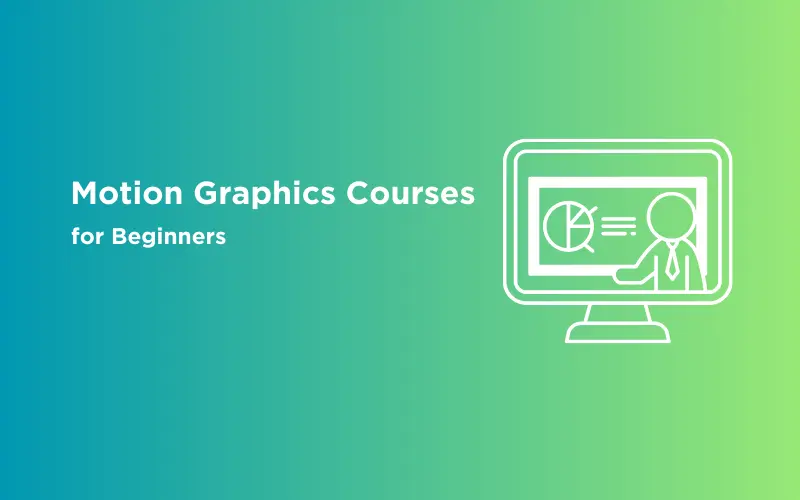
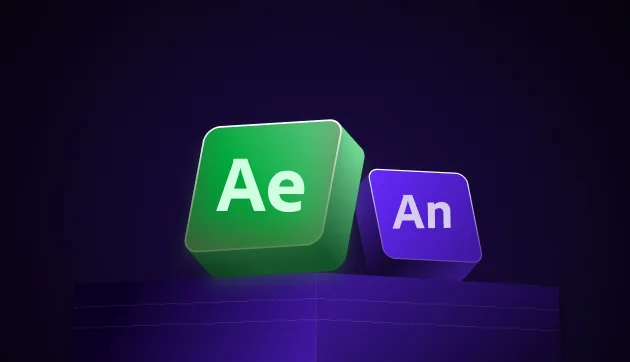

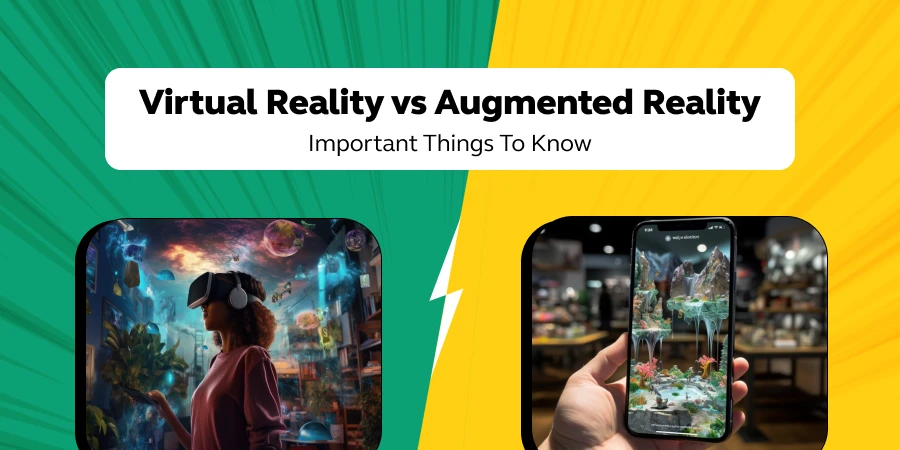
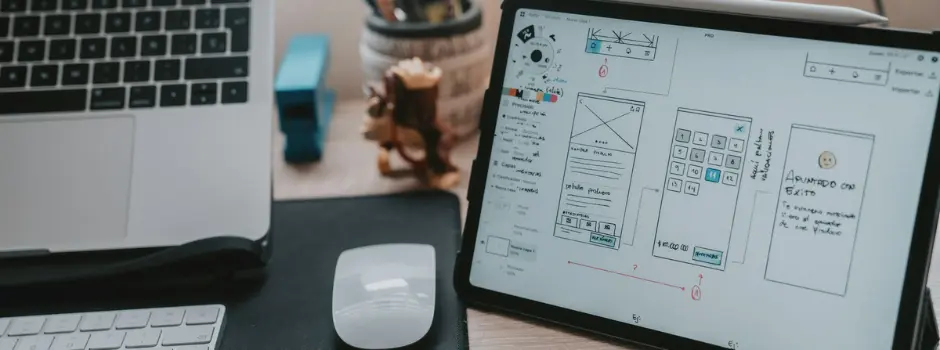

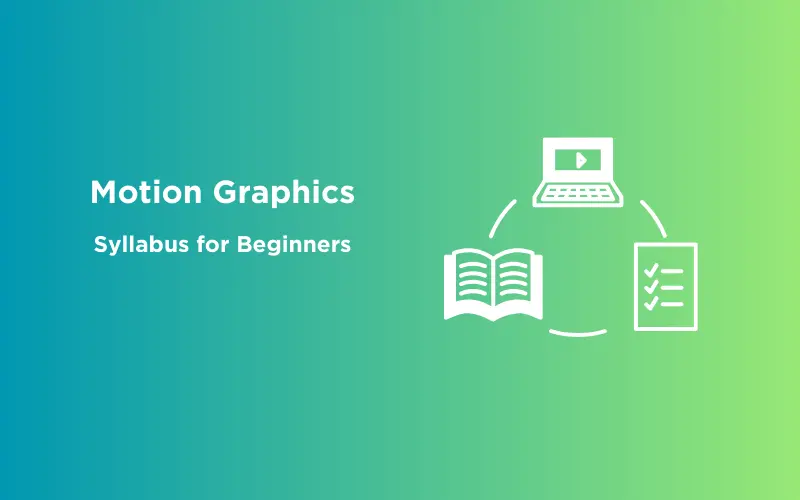
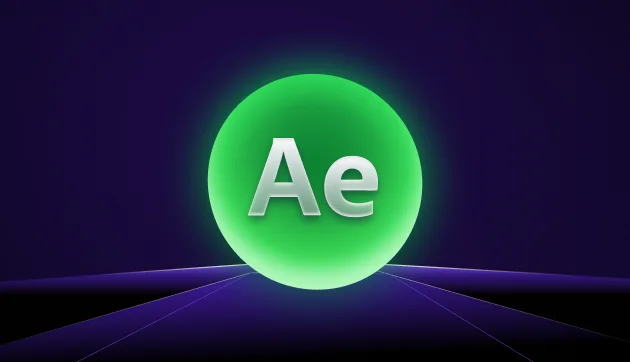

Did you enjoy this article?